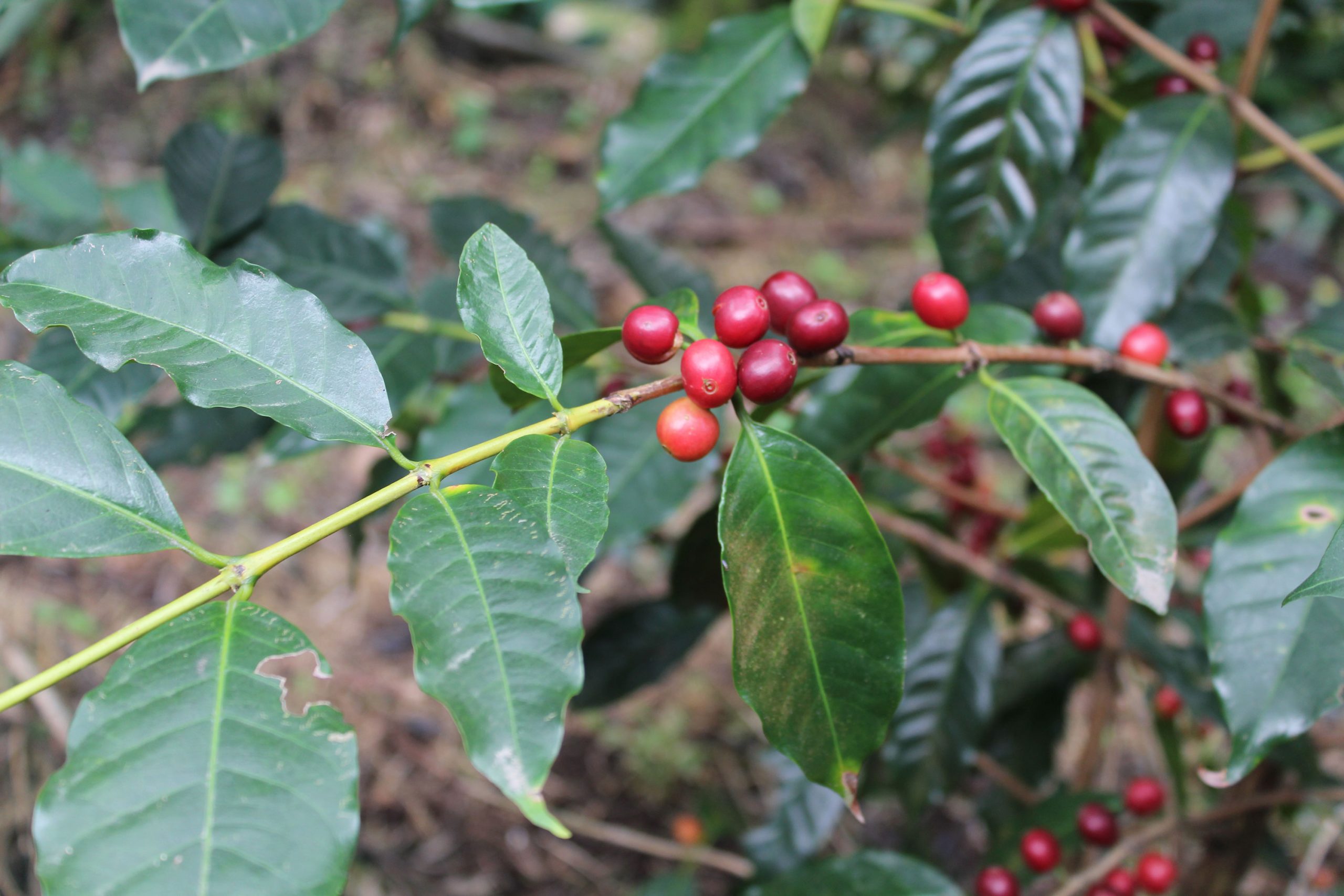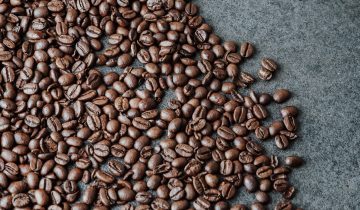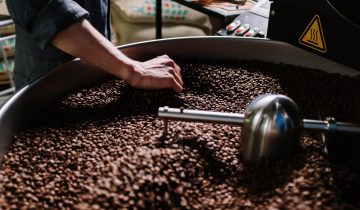LINEAGE
Also called Criollo (Creole), Indio (Indian), Arábigo (Arabica), Plume Hidalgo, Blue Mountain, and Sumatra.
GENETIC DESCRIPTION
Bourbon-Typica Group (Typica-related)
HISTORY
Typica is the most famous of the Typica-descended varieties. It is a tall variety characterized by very low production, susceptibility to the major diseases, and good cup quality.
The Typica group, like all Arabica coffee, is supposed to have originated in southwestern Ethiopia. Sometime in the 15th or 16th century, it was taken to Yemen. By 1700, seeds from Yemen were being cultivated in India. In 1696 and 1699, coffee seeds were sent from the Malabar coast of India to the island of Batavia (today called Java in Indonesia). These few seeds were the ones to give rise to what we now know as the distinct Typica variety. In 1706 a single Typica coffee plant was taken from Java to Amsterdam and given a home in the botanical gardens; from there, a plant was shared with France in 1714.
From the Netherlands, Typica was sent in 1719 on colonial trade routes to Dutch Guiana (now Suriname) and then on to Cayenne (French Guiana) in 1722, and from there to the northern part of Brazil in 1727. It reached southern Brazil between 1760 and 1770. From Paris, plants were sent to to Martinique in the West Indies in 1723. The English introduced Typica coffee from Martinique to Jamaica in 1730. It reached Santo Domingo in 1735. From Santo Domingo, seeds were sent to Cuba in 1748. Later on, Costa Rica (1779) and El Salvador (1840) received seeds from Cuba.
In the late eighteenth century, cultivation spread to the Caribbean (Cuba, Puerto Rico, Santo Domingo), Mexico and Colombia, and from there across Central America (it was grown in El Salvador as early as 1740). Until the 1940s, the majority of coffee plantations in South and Central America were planted with Typica. Because Typica is both low yielding and highly susceptible to major coffee diseases, it has gradually been replaced across much of the Americas, but is still widely planted in Peru, the Dominican Republic, and Jamaica, where it is called Jamaica Blue Mountain.
STATURE
Tall
LEAF TIP COLOR
Bronze
BEAN SIZE
Large
COFFEE LEAF RUST
Susceptible
COFFEE BERRY DISEASE (CBD)
Susceptible
NEMATODES
Susceptible
Source: World Coffee Research





